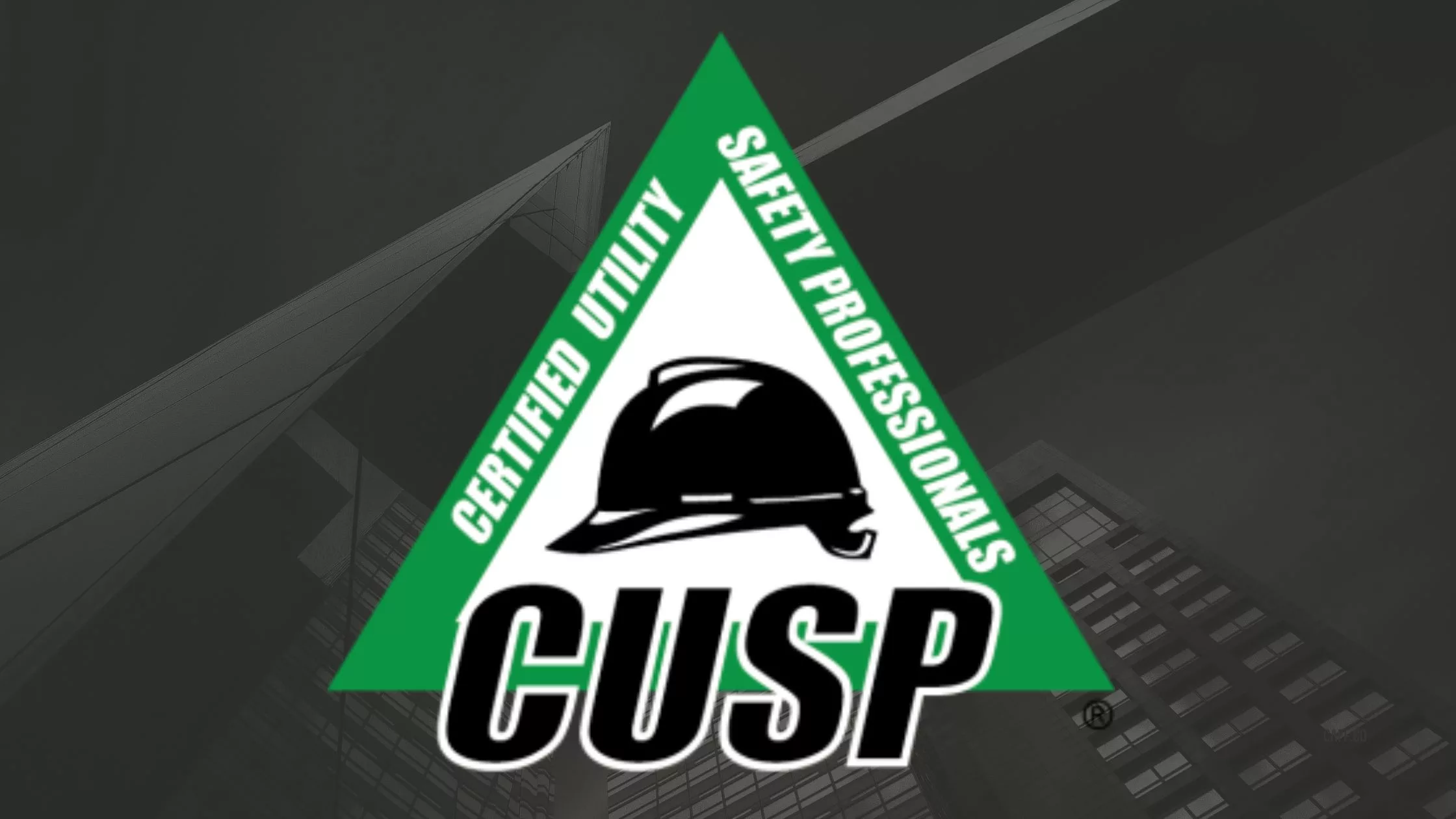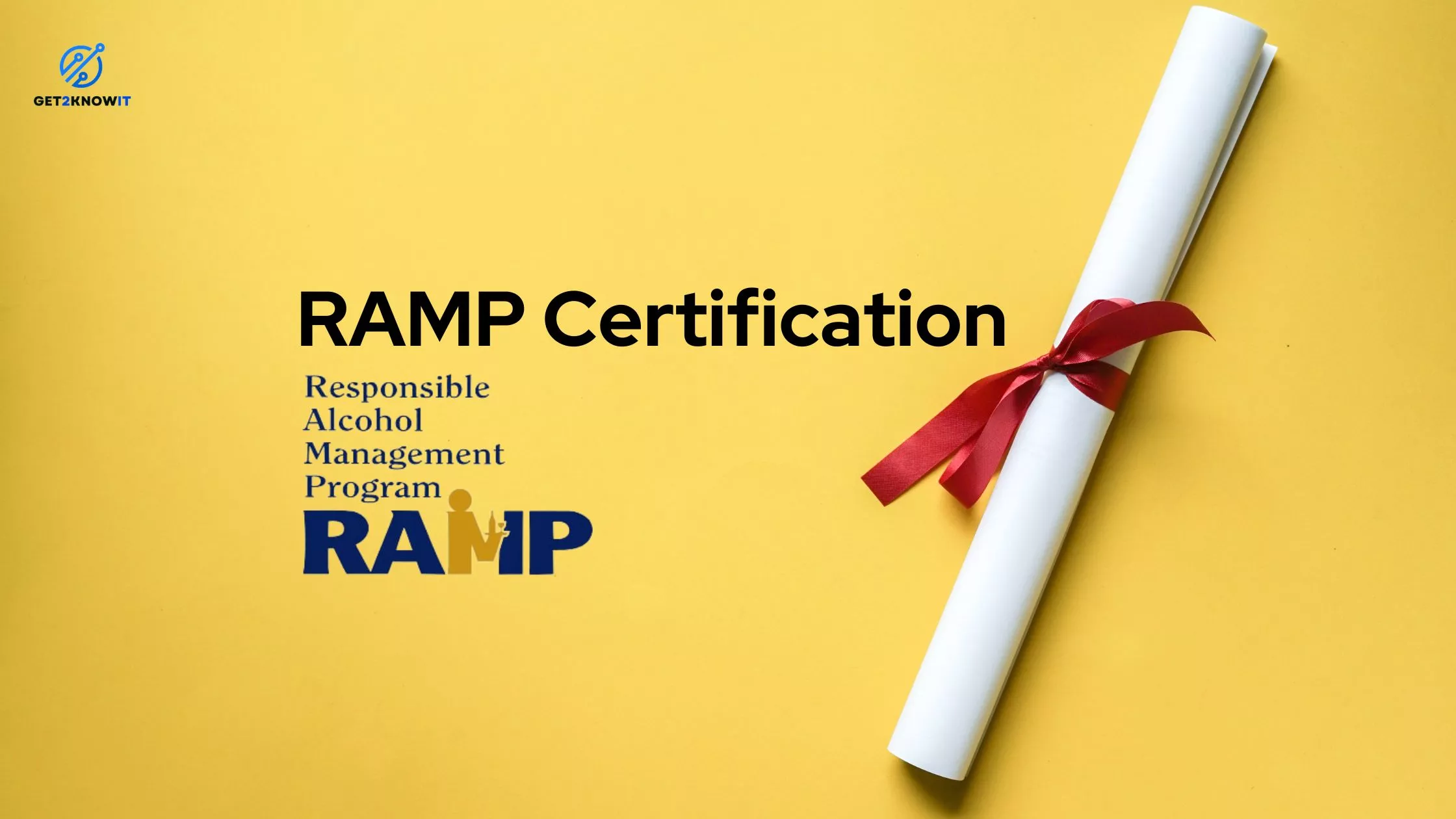CUSP Certification, or Certified Utility Safety Professional Certification, is a specialized credential designed for individuals in the utility industry, including utility companies, contractors, and communication providers. This certification program is created and administered by the Utility Safety & Ops Leadership Network (USOLN).
Key Points about CUSP Certification:
- Credential Purpose: CUSP Certification offers safety credentials to professionals working in utilities and related fields. It recognizes individuals who have demonstrated their expertise and knowledge in utility safety.
- Industry Recognition: CUSP Certification holds significant industry-wide recognition. It serves as a mark of excellence, demonstrating a professional’s competence in safety leadership within the utility sector.
- Professional Standing: CUSP Certification is intended for front-line safety leaders, such as supervisors, foremen, and operations managers. These individuals have successfully completed the CUSP certification program, showcasing their commitment to safety.
- Safety Expertise: To earn CUSP Certification, candidates must meet specific criteria, including possessing the knowledge, training, and experience to solve and resolve safety-related issues within the utility industry.
- Utility Safety: The primary focus of CUSP Certification is on enhancing safety practices within utility operations, making it particularly valuable in an industry where safety is paramount.
In summary, CUSP Certification is a prestigious credential that acknowledges the expertise and commitment of professionals in the utility industry to safety practices. It provides both individuals and organizations with assurance of safety competence, ultimately contributing to safer utility operations and improved industry standards.
Understanding CUSP Certification
Certified Utility Safety Professional (CUSP) Certification is a prestigious credential offered to individuals in the utility industry, including utility companies, contractors, and communication providers. This certification program is designed to recognize and validate the expertise of safety leaders in the field.
Key Points:
- Origin and History: CUSP Certification was created by the Utility Safety & Ops Leadership Network (USOLN). The USOLN was tasked with developing this credential to address the need for qualified safety professionals in the utility industry. Over a short period, CUSP has gained high respect, with over 600 credential holders.
- Program Overview: CUSP Certification is a comprehensive program that provides safety credentials. It signifies that an individual has met rigorous criteria, including extensive knowledge, training, and experience, to solve complex safety-related issues within utilities.
- Industry Significance: CUSP Certification is highly regarded as the defining benchmark in utility safety. It is overseen by the USOLN Board of Directors, ensuring the program’s objectivity and impartiality.
- Credential Benefits: Holding CUSP Certification demonstrates a commitment to safety leadership. Front-line safety leaders, such as supervisors and operations managers, who complete the program, are recognized for their competence in utility safety.
- Examination: The CUSP exam is designed to evaluate the competency of individuals as safety professionals. Unlike classroom tests, it assesses practical knowledge and experience rather than academic review.
It offers industry-wide recognition and is managed by the USOLN to ensure its credibility. Earning CUSP Certification demonstrates a commitment to safety excellence in the utility sector.
CUSP Certification: Eligibility and Requirements
To apply for CUSP Certification, individuals must meet specific criteria regarding education, experience, and industry knowledge:
- Educational and Experience Prerequisites: The exact educational requirements are not explicitly mentioned in the sources. However, CUSP Certification typically requires candidates to possess a recognized degree, certificate, or professional standing. Additionally, applicants should have extensive knowledge, training, and experience relevant to utility safety and operations. This suggests that a combination of education and practical experience is essential for eligibility.
- Application Process: Before taking the CUSP exam, applicants must submit an application. This application is reviewed for eligibility by a committee of utility industry peers or CUSPs (Certified Utility Safety Professionals). The review process ensures that candidates meet the necessary qualifications.
- Industry Standards and Guidelines: While the sources do not provide specific industry standards or guidelines required for CUSP Certification, it can be inferred that applicants should have a solid understanding of utility safety standards and practices. They should be well-versed in industry regulations and best practices related to safety in utility operations.
- Exam Requirements: To attain the CUSP credential, individuals are required to successfully pass both the CUSP base exam (available in green or blue) and, additionally, pass at least one CUSP endorsement exam. Achieving proficiency in these examinations forms an integral and essential component of the certification procedure.
- Notification: Successful applicants will receive notification of their application approval within a timeframe of 7-10 business days. Upon approval, they will be eligible to proceed with scheduling and taking the CUSP exam.
The certification process includes application review, successful completion of exams, and a commitment to upholding industry safety standards. Specific educational and experiential requirements may vary and are evaluated during the application review.
The CUSP Certification Process
The Certified Utility Safety Professional (CUSP) certification process involves application submission, approval, and an examination. Read step-by-step guide:
- Application Submission:
- Visit the Utility Safety & Operations Leadership Network (USOLN) website, where you can find the CUSP certification application.
- Complete the application form with accurate personal and contact information.
- Submit your application for review. A committee of utility industry peers/CUSPs will evaluate your eligibility.
- Application Approval:
- Upon submission, your application will enter a review phase, typically lasting 7-10 business days. During this period, our committee will evaluate your eligibility for CUSP certification. You will subsequently receive a notification confirming the status of your application.
- Examination Details:
- After your application is successfully processed, you will receive detailed guidance on how to arrange the scheduling of your CUSP exam. This examination is conveniently administered online, affording you the flexibility to complete it using your own personal computer or laptop.
- You will be provided with an eligibility code necessary for scheduling your exam appointment.
- Exam Format:
- The CUSP exam consists of questions related to utility safety and operations leadership.
- Details about the exam format, including the number of questions and time limits, will be provided in the examination scheduling instructions.
- Certification Achievement:
- Successfully passing the CUSP base exam (either CUSP Blue or CUSP Green) and at least one CUSP endorsement exam is required to earn the CUSP credential.
- After successfully passing the exams, you will achieve CUSP certification, which provides industry-wide recognition as a utility safety professional.
It’s essential to thoroughly review the eligibility criteria and prepare for the exam to increase your chances of obtaining the CUSP certification successfully.
CUSP Exam Preparation

Preparing for the CUSP (Certified Utility Safety Professional) exam requires effective resources and strategies. Here’s an overview of available resources and tips for successful preparation:
- CUSP Prep Online Tool: The CUSP Prep online tool, produced by the Incident Prevention Institute, offers test-taking skills enhancement and exam preparation. It includes practice exams, test-taking tips, and live online study sessions with facilitators.
- CUSP Prep Course: An Online Prep Course specifically designed for CUSP certification is available. It starts with pre-tests and covers study and test-taking skills and strategies. The course includes randomized quizzes on each exam domain and a CUSP Exam Simulation.
- Flashcards: CUSP Flashcards on platforms like Quizlet are useful for memorizing key terms and concepts.
- Self-Study: The Utility Safety & Operations Leadership Network recommends self-study as an option. Reviewing preparation materials on their website is encouraged.
- Tips for Success: When preparing for the CUSP exam, allocate ample study time, consider taking advantage of online prep courses, and participate in interactive webinars for Q&A with safety experts. Understanding consensus standards is crucial, as these are often tested components.
Overall, a combination of online courses, flashcards, and self-study can help you excel in the CUSP exam. It’s important to understand the format of the exam, focus on key industry-specific content, and use available resources wisely to ensure success.
CUSP Exam Experience
The CUSP (Certified Utility Safety Professional) exam offers several benefits and unique challenges:
Benefits of the CUSP Exam:
- Convenience: The CUSP exam offers flexibility, allowing candidates to choose from multiple testing dates and eliminating the need for travel to a testing location.
- Industry Recognition: Achieving CUSP certification provides industry-wide recognition as a utility safety professional, enhancing career prospects and professional credibility.
Challenges of the CUSP Exam:
- Consensus Standards: Many candidates struggle with the consensus standards listed by OSHA in 29 CFR 1910.6, which are an essential part of the exam. These standards are critical for understanding and implementing safety regulations in the utility industry.
Differences from Traditional Classroom Tests: The CUSP exam differs significantly from traditional classroom tests:
- Practical Focus: Unlike traditional tests that primarily assess theoretical knowledge, the CUSP exam emphasizes practical knowledge and skills relevant to utility safety.
- Industry-Specific Content: The CUSP exam includes industry-specific content related to utility safety, making it highly specialized and applicable to real-world scenarios.
- Recognition: Achieving CUSP certification signifies expertise in utility safety and is recognized throughout the industry, enhancing career opportunities.
CUSP Blueprints and Specializations
CUSP Certification offers two designations, CUSP Blue and CUSP Green, each tailored to specific roles within the utility industry:
- CUSP Blue: This designation is intended for individuals in utility operations leadership roles. To qualify for CUSP Blue, candidates typically need at least 3 years of utility operations leadership experience and at least 1 year in a role where safety activities are part of their job description, such as involvement in tailboards, safety committees, or safety meetings.
- CUSP Green: CUSP Green is designed for professionals dedicated to safety or training leadership within the utility industry. While specific eligibility criteria are not provided in the sources, this designation is likely suitable for those who focus primarily on safety practices and training initiatives.
CUSP Blue is for utility operations leaders who play a key role in both operations and safety, while CUSP Green is for professionals who are primarily engaged in safety or training leadership roles. These designations ensure that the certification aligns with the distinct responsibilities and expertise required within the utility sector, providing targeted recognition for each role.
Industry Recognition and Benefits of CUSP Certification
CUSP Certification, provided by the Utility Safety & Ops Leadership Network (USOLN), offers numerous benefits to both professionals and employers in the utility industry:
- Industry-Wide Recognition: CUSP Certification is widely recognized as a mark of excellence in utility safety. It demonstrates that a professional possesses comprehensive knowledge, skills, and abilities related to utility work.
- Employer Assurance: For employers, hiring or promoting CUSP-certified individuals provides assurance that these professionals are well-equipped to excel in the utility work environment. It signifies a commitment to safety and excellence.
- Career Advancement: CUSP-certified professionals enjoy increased career growth opportunities. Holding this certification can lead to advancements within the utility sector, as it validates one’s expertise in utility safety, making them valuable assets to their organizations.
- Industry-Wide Reputation: CUSP Certification enhances an individual’s reputation within the utility industry, fostering trust and credibility among peers and employers.
- Financial Benefits: While not explicitly mentioned in the sources, certifications like CUSP often lead to higher earning potential due to the specialized knowledge and skills they represent. This is a common trend in the field of safety certifications.
In summary, CUSP Certification provides a broader industry recognition that benefits professionals by enhancing their career prospects and employers by ensuring the competence and expertise of their workforce in the utility safety domain. It’s a valuable credential in the utility industry, emphasizing safety and excellence.




